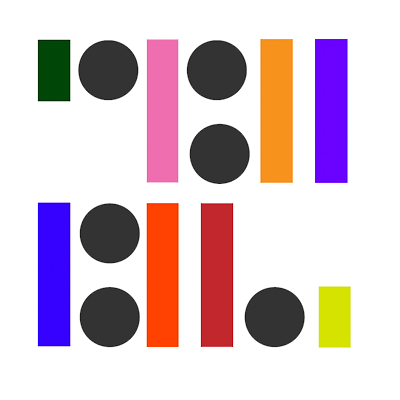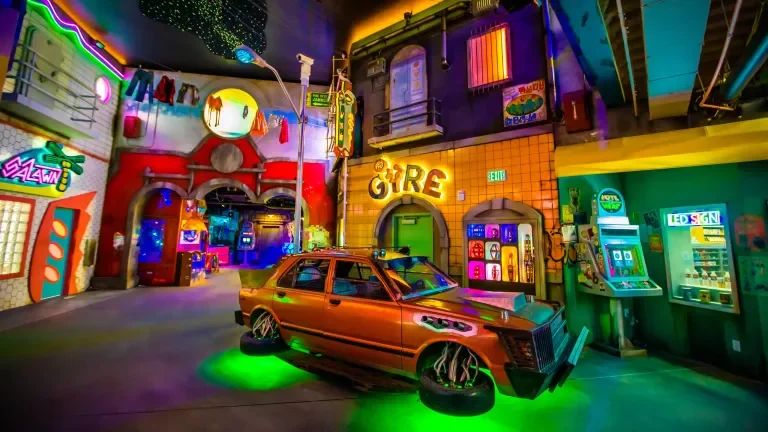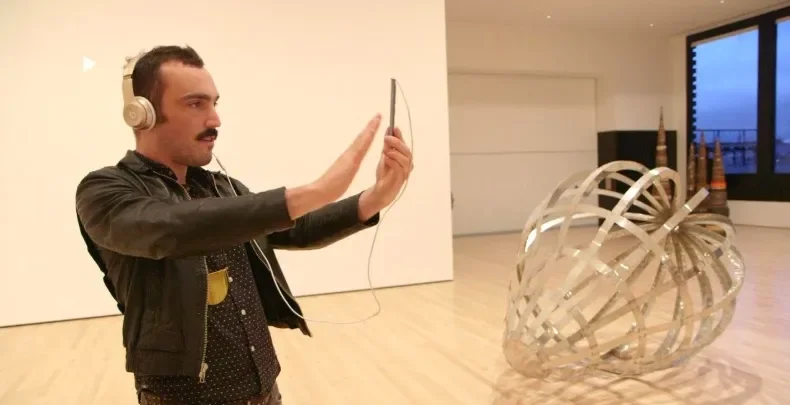Meet Sarah Brin
Meet Sarah Brin, a US-born UK-based creative industries consultant, who specializes in immersive experiences, audience impact and technological infrastructure.
Sarah has previously taught and guest lectured at universities and conferences around the world. We asked her a few questions in the lead to her upcoming course, The (Abridged) History of Immersive Experiences.
What journey has your creative path taken? How did you guide it or what helped you?
I started off my career working in museums and artist-run spaces, and I felt out of place because I didn’t come from a family who could support me while I took an unpaid internship or opened a gallery. So I always felt drawn towards artworks that were accessible and participatory. Early in my career, researching artist-made-games, I learned how to code-switch between disciplines. I would be speaking with game developers, and also art historians and curators, and I learned that every discipline has its own language and ambitions.
Partially because I became good at operating in middle spaces, I started working with creative programs in technology companies like Autodesk, Meow Wolf, and PlayStation, but also working with art museums and academia. Not having a blueprint for knowing how to be or what to do meant that there wasn’t a right way to do things, but also that there was no wrong way, too. I didn’t have a safety net, so I just had to go for it!
Meow Wolf Convergence Station DEN Exhibit CSTREET. Kennedy Cottrell.
What resonates with the field of immersive art for you? What would you say to someone who is hesitant about getting into it?
Immersive art is almost as old as humanity itself. The idea of an isolated artwork in a museum is a relatively new concept; you’re taking the art object out of the context of the artist’s studio and bringing it into a clandestine space where you’re not supposed to touch anything and you’re supposed to whisper and so on.
So many artworks are designed to be contextual and immersive. Take cave paintings for example. They’re not just about the figures represented in the image. It’s a holistic experience. It’s the way sound echoes in the cave, it’s the way the light in the space flickers from a fire, and there’s the sensory component of that too. Opera is also a great example, there’s light, sound, music, costumes, environment design. So I wouldn’t get too hung up about getting into immersive art as opposed to getting into any other kind of art-making. There’s a lot to think about, but there always is!
Meow Wolf’s Las Vegas Omega Mart
What is the biggest misconception of your work?
It makes me sad that sometimes invisible work, like building infrastructure, providing support or developing processes often doesn’t get the same valorization as building physical things. I do think of myself as a maker, and my work is creative. Building programs, teaching/advising, writing, developing syllabi, and solving problems are all part of my creative practice. I think people can be really eager to put people in discipline-based or sector-based buckets, but really it’s much more complex than that!
Out of the material you teach, what is your favourite theme, info nugget, activity, person or art piece you get enthusiastic about?
I love talking about how the mechanisms of power and authority are made up, and that there are economic and political factors that influence what we think of as good and bad art. The CIA’s involvement in popularizing abstract expressionism is a great example of this! https://www.bbc.com/culture/article/20161004-was-modern-art-a-weapon-of-the-cia
Meow Wolf’s Las Vegas Omega Mart boop card
What projects are you working on at the moment? Either work or personal passion project?
In addition to teaching my class with the School of Ma, I’m advising a couple different cohorts of mentees hosted by various arts and skills-based organizations. I’m in the process of wrapping up a cool project working with LEGO on a creative technology initiative. I’m also moderating a panel for the Immersive Experience Network Summit about immersive tech for cultural organizations, and I’m working with the panelists to shape a meaningful conversation. I also have a book proposal I’ve been working on forever, which is based on the questions I see pop up in my advising practice, like what does it mean to have a creative practice in a moment at which so many cultural organizations are collapsing, how to balance technosolutionist hype with technological experimentation, and other observations my 15+ years working across art, technology and organizations.
Mixed Reality
A small helpful thing you do to get in the flow?
I find it’s really helpful to make accountability dates with friends where we just write in silence (or share a playlist)!
The (Abridged) History and Practice of Immersive Experiences takes place this Fall on Wednesdays, 8. Oct. - 5. Nov., 6-8pm CET
For more info and to join: https://www.schoolofma.org/programs/p/fall2025-abridged-history-immersive-experience





